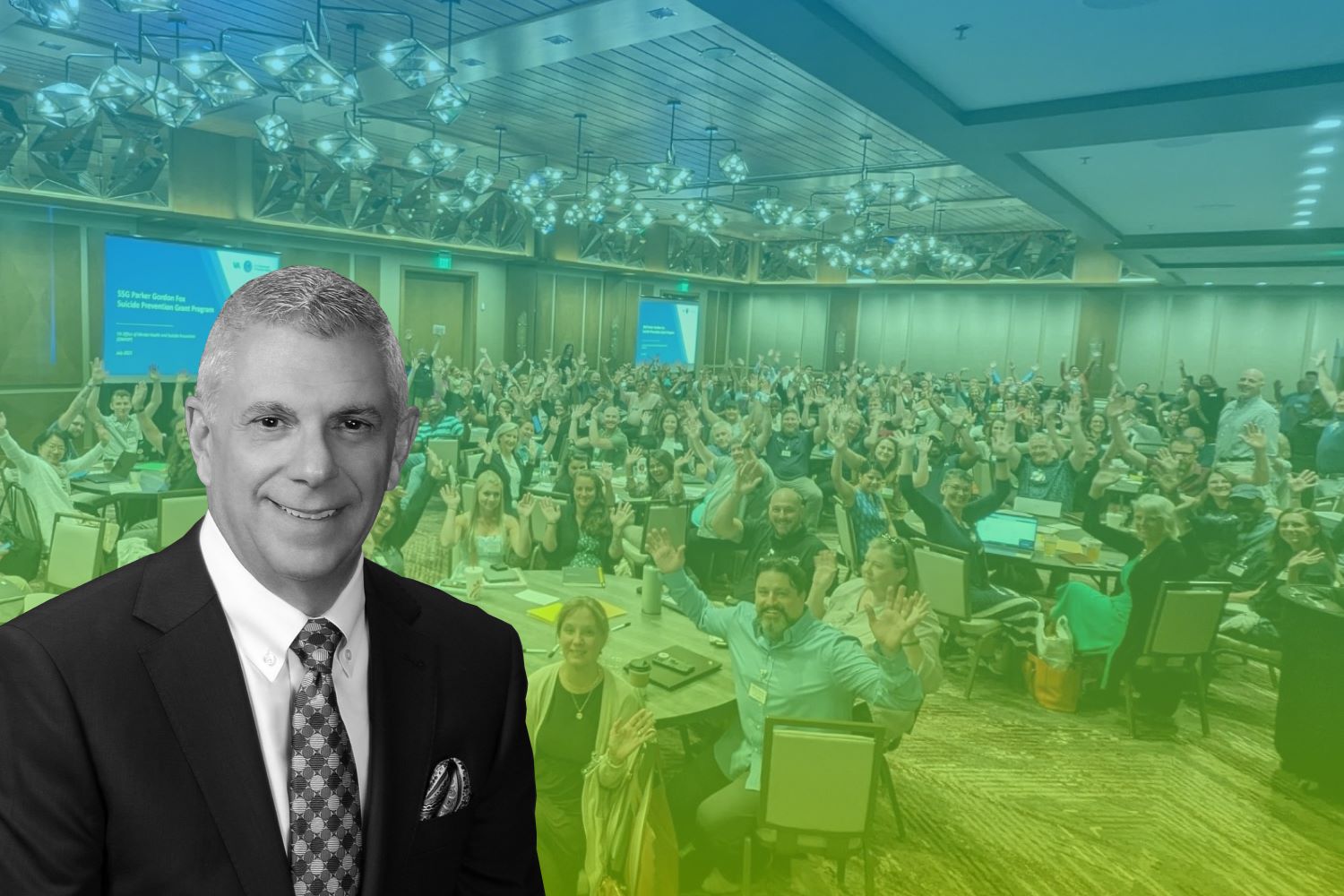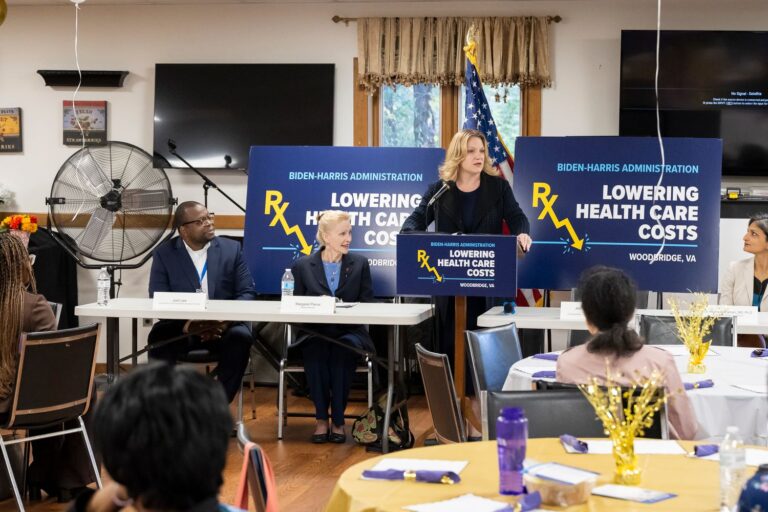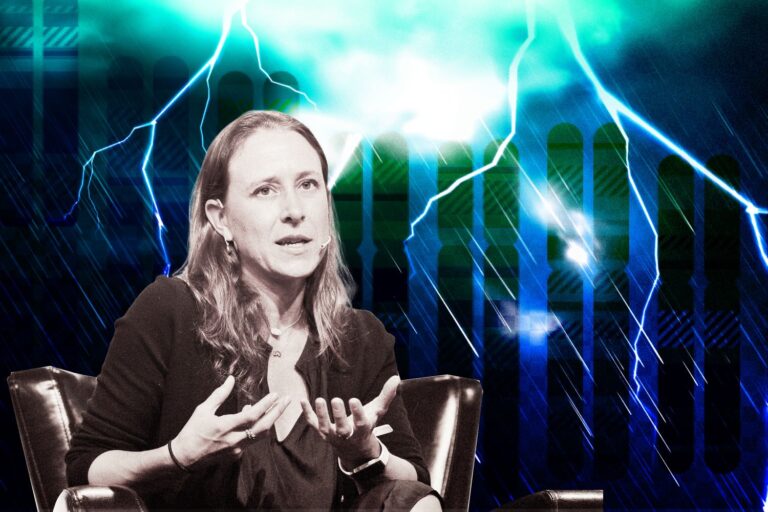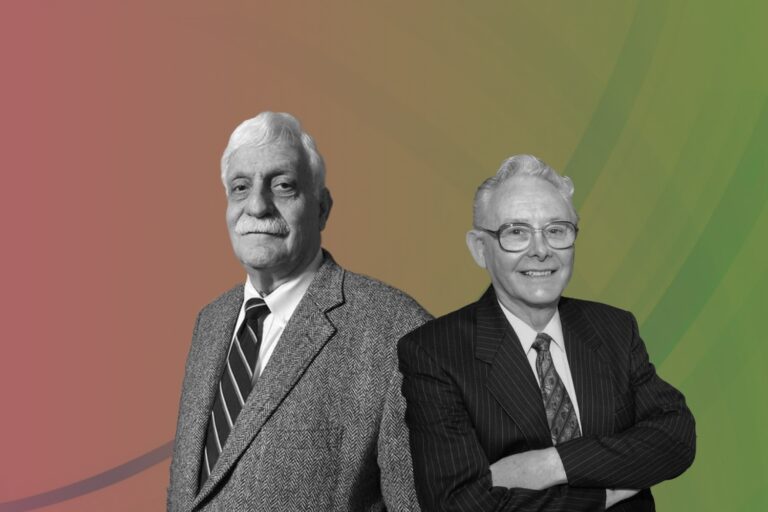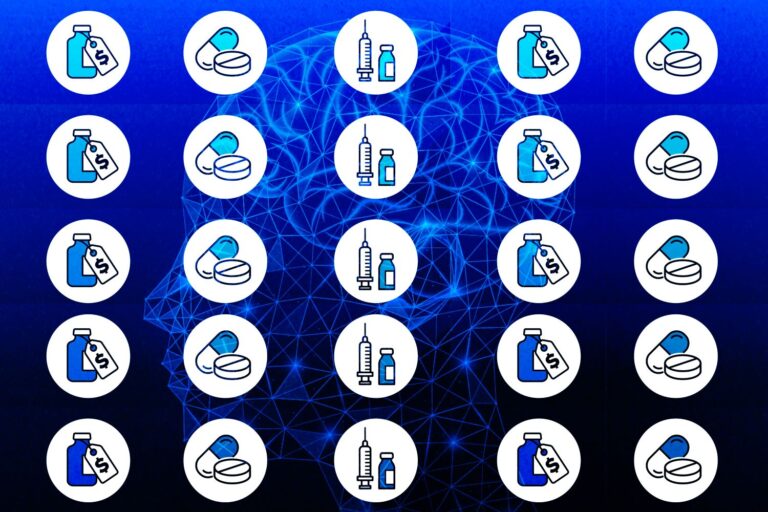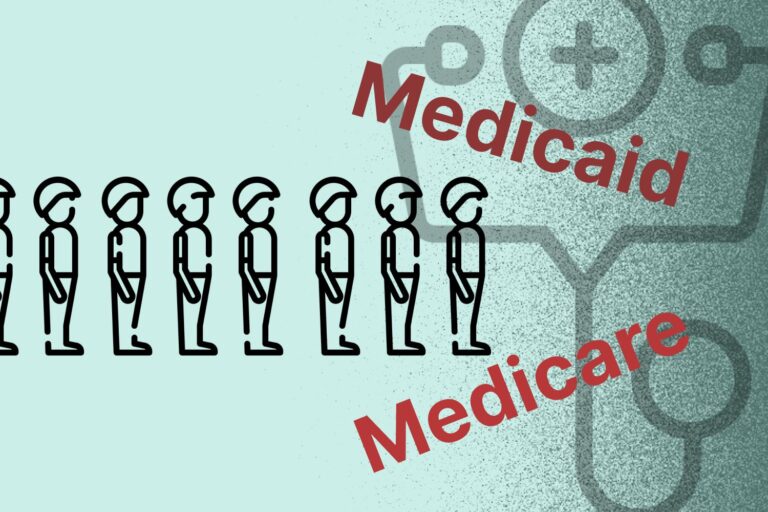Oneida County’s AgeNet: Bridging the Digital Health Gap for Seniors
In an era marked by rapid technological advancements, Oneida County is taking proactive steps to address the unique healthcare needs of its aging population through the AgeNet Digital Health and Wellness Program.
Recognizing the significance of seniors’ healthcare, this innovative initiative seeks to leverage digital technology to enhance the quality of life for elderly residents.
Oneida County is actively seeking qualified bidders to participate in the procurement process for the AgeNet Digital Health and Wellness Program. With funding secured from federal government grants and program contributions, AgeNet Digital Health and Wellness Program is poised to become a pioneering solution for delivering tailored wellness programming to seniors in Oneida County.
Before delving into the specifics of the contracts, it is essential to gain a comprehensive understanding of the potential of digital technologies in aging and the demographic makeup of the county’s senior population.
Unlocking the Digital Potential of Aging: Challenges and Opportunities
The global aging population is growing rapidly, posing significant challenges to healthcare systems and resources. As people live longer, the prevalence of non-communicable diseases and age-related conditions is increasing, requiring continuous monitoring and management.
This demographic shift, coupled with a shrinking caregiver workforce, places immense pressure on healthcare systems in terms of operational costs and resource allocation. The primary societal objective is to facilitate healthy aging while preserving the independence and safety of older adults in their own homes.
The advent of the internet and the subsequent digital revolution has ushered in a new era of healthcare, including elderly care. Digital health has brought transformative changes, offering innovative solutions to address the unique challenges posed by an aging population. However, implementing digital solutions for elderly care is not without its hurdles.
In some regions, particularly in developing countries, there are individuals who still lack access to digital health technologies. This digital divide raises concerns about leaving certain populations behind in the ongoing digital transformation of elderly care.
Many individuals from the baby boomer generation and older have limited digital literacy, making it challenging for them to harness digital technologies to improve their health and well-being.
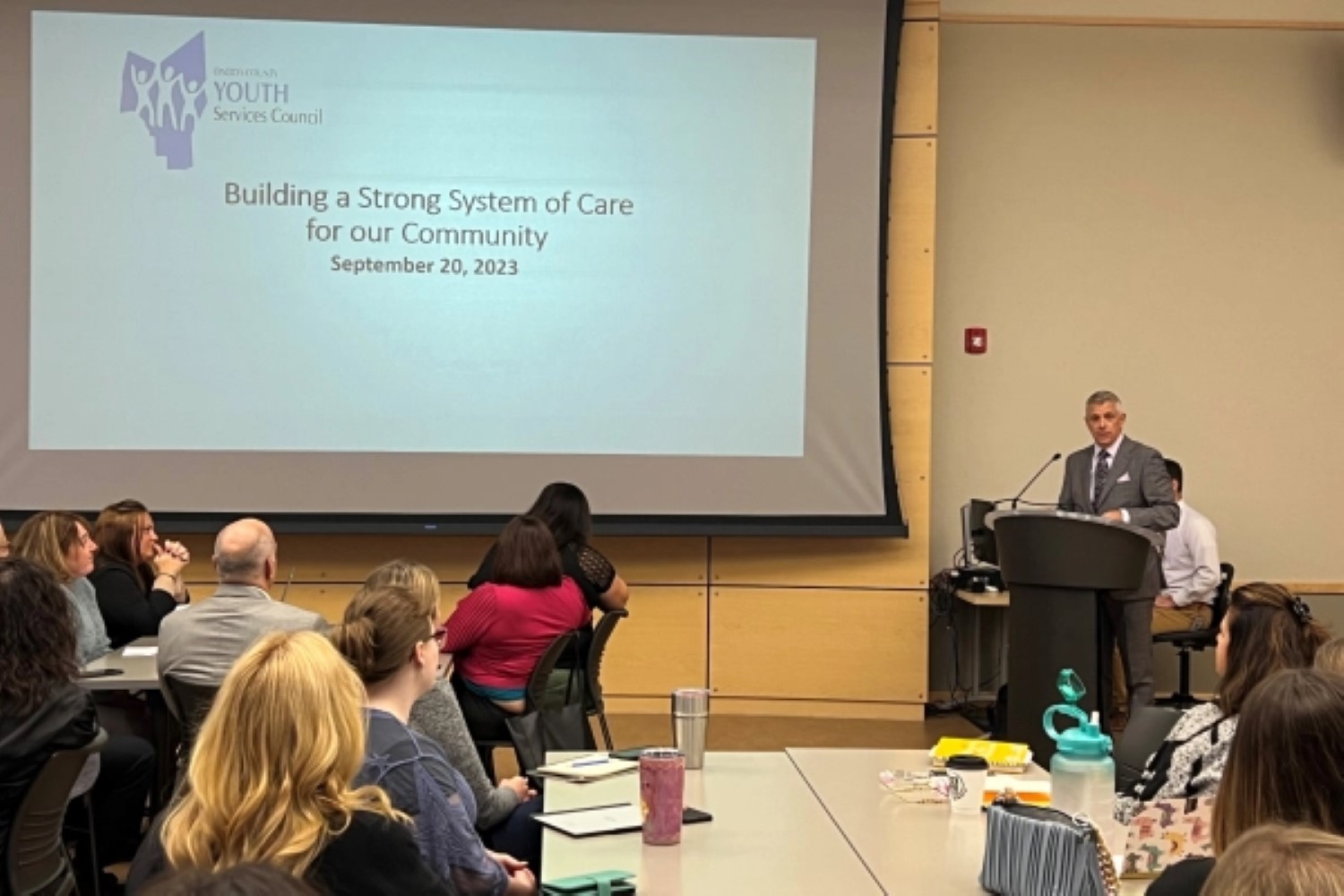
Advanced AI-related digital technologies can be expensive and may be out of reach for low-income older adults. Ensuring affordability is a critical factor in achieving widespread adoption.
To ensure that older individuals can benefit from the digital revolution in elderly care, it is essential to address these gaps and challenges. Moreover, it is crucial to acknowledge the diversity within the older population, as adoption rates can vary significantly based on factors such as age, ethnicity, education, digital literacy, cognitive abilities, and income.
Additionally, measures must be taken to mitigate emerging risks related to misinformation, cybercrimes, safety, and privacy, creating an inclusive digital future for all.
Navigating the Demographic Shift: Oneida County’s Tale of Growth and Aging
Over the span of a decade from 2010 to 2021, Oneida County, New York, experienced a notable evolution in its population dynamics. The county’s population in 2021 stood at 230,274, marking a 1.9% decline from the 2010 figure of 234,752.
This decline contrasted with the broader U.S. trend, which saw a 7.3% population growth during the same period. Even within New York State, Oneida County lagged behind with a mere 2.2% population increase.
Oneida County’s demographic landscape witnessed modest fluctuations year by year. It grew in population during only one of the 11 years between 2010 and 2021, with its most significant annual increase occurring between 2019 and 2020 at 1.5%.
However, the county experienced a dip in population between 2020 and 2021, resulting in a 0.6% decrease. On average, the county shrank by 0.2% annually during this period.
In 2021, the county’s demographic composition displayed a notable shift towards increased diversity. The largest racial or ethnic group remained white (non-Hispanic), accounting for 80.8% of the population, down from 84.9% in 2010. The Hispanic/Latino population exhibited the most substantial growth, increasing by 4,244 individuals from 2010 to 2021, with their numbers climbing from 10,910 to 15,154 during this period.
Furthermore, when examining age groups, the 65+ age category experienced the most significant growth, with its population surging by 17% between 2010 and 2021.
In contrast, the 35 to 49 age group saw the most substantial decline, with a decrease of 14.9% during the same period. The share of the population comprised of individuals aged 0 to 4 years decreased marginally from 5.7% in 2010 to 5.4% in 2021.
Conversely, the share of the population aged 65 and older increased from 16.2% in 2010 to 19.4% in 2021. These demographic changes in Oneida County highlight the complex interplay of factors that shape population dynamics at both the local and national levels.
This substantial rise underscores the ongoing trend of an aging population, which has implications for healthcare, social services, and retirement communities. As this segment of the population expands, Oneida County must adapt to ensure the well-being and quality of life for its senior residents.
Besides, in Oneida County, New York, healthcare coverage and utilization are prominent factors in the local healthcare landscape. A significant 96.2% of the county’s population is covered by health insurance, indicating a strong level of access to medical care.
The sources of health coverage vary, with 46.7% of individuals benefiting from employee plans, 22.4% relying on Medicaid, 14.1% on Medicare, 11.6% having non-group plans, and 1.35% being covered by military or VA plans.
In terms of healthcare spending, per capita personal health care expenditure in New York reached $9,778 in 2014, marking a 4.57% increase from the previous year. This financial investment reflects the commitment to ensuring access to healthcare services for the state’s residents.
Healthcare providers play a crucial role in the county’s healthcare landscape. Primary care physicians in Oneida County typically serve an average of 1,329 patients annually, experiencing a slight 1.56% decrease from the previous year when they saw 1,350 patients. In contrast, dentists in the area attend to approximately 1,833 patients per year, while mental health providers provide care to 536 patients annually.
Elevating Well-being: Oneida County’s Dedication to Seniors and Youth
With a strong commitment to seniors’ healthcare, Oneida County has established the Office for Aging and Continuing Care, serving as the lead planning, funding, and advocacy agency for older adults, individuals with disabilities, their families, and caregivers.
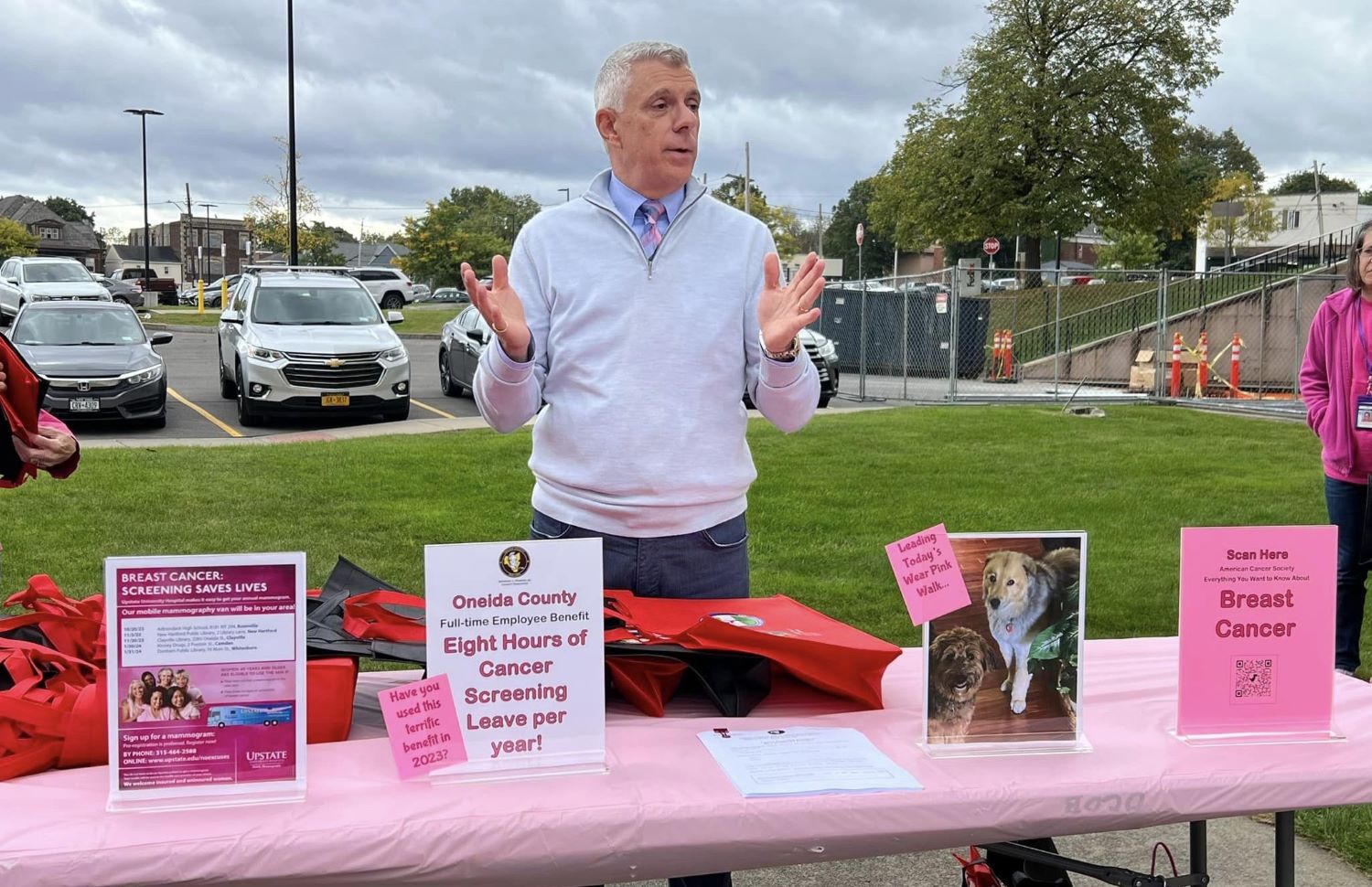
The mission of this office is rooted in principles of respect, dignity, compassion, honesty, confidentiality, commitment, and informed professionalism. It plays a pivotal role in planning and coordinating home and community-based services for seniors and individuals with disabilities, emphasizing the importance of maximum independence and quality of life.
The office advocates for vulnerable individuals, collaborates with public and private organizations, and seeks non-traditional funding sources to enhance community services. Oneida County’s vision is to provide comprehensive services, assess unmet needs, create customized care plans, and promote the well-being of seniors and the disabled.
The programs offered by the Office for Aging and Continuing Care are made possible through funding from the New York State Office for the Aging, Oneida County, and Client and Community Contributions, ensuring that essential services are available to those in need.
In addition to its dedication to seniors’ healthcare, Oneida County is also committed to the well-being of its youth and families. County Executive Anthony Picente unveiled the ‘Oneida County System of Care’ initiative during the monthly meeting of the Oneida County Youth Services Council, held at Mohawk Valley Community College (MVCC) in Utica.
This innovative initiative, known as the ‘Oneida County System of Care,’ signifies a proactive effort to provide vital information, resources, and services to youth and their families. The initiative aims to simplify the process for parents and school districts to access a wide array of local resources, consolidating them into a single, user-friendly website.
The ‘Oneida County System of Care’ connects families with essential services, including home-based support, family and youth peer assistance, parenting education, mental health services, and substance use outpatient programs, in addition to keeping them informed about news and events. The website’s comprehensive directory offers users the ability to filter services, with direct links for added accessibility.
Notably, the initiative also provides online resource guides in multiple languages, including English, Arabic, Burmese, Karen, Russian, Somali, and Spanish. Funding for this valuable resource was made possible through a grant exceeding $20,000, awarded to the Oneida County Department of Mental Health in collaboration with the New York State Office of Mental Health, and administered by the Research Foundation for Mental Hygiene, Inc.
Ashlee Thompson, MHA, MSEd, Master CASAC, Mental Health Commissioner, expressed: “Our user-friendly website, resource guides and information will increase education about our service-rich county, while enhancing the lives of the children and youth within our community. Our System of Care approach fosters cross-system collaboration and community connection.”
Empowering Seniors with AgeNet: A Digital Wellness Platform in Oneida County
AgeNet is a transformative digital platform that plays a pivotal role in enhancing the well-being of seniors across Oneida County. This innovative initiative delivers comprehensive wellness programming tailored to the unique needs of the aging population, fostering healthier and more active lives for seniors.
What sets AgeNet apart is its commitment to providing these vital services at community sites throughout the county, ensuring accessibility and inclusivity for all seniors, regardless of their location.
One of the remarkable aspects of AgeNet is its financial sustainability model. The program derives its funding from a combination of federal government sources and program income generated through contributions. This financial backing not only demonstrates the government’s commitment to senior welfare but also allows for the continued expansion and development of AgeNet’s services.
AgeNet’s digital platform serves as a lifeline for seniors, offering a wealth of resources, information, and activities aimed at promoting physical and mental well-being. From live-streamed fitness classes to educational seminars and interactive resources, AgeNet empowers seniors to lead fulfilling lives in their golden years.
Moreover, AgeNet’s community-centric approach ensures that seniors can access these resources at conveniently located community sites, promoting social engagement and a sense of belonging. This fosters a vibrant and supportive community environment where seniors can connect, learn, and thrive together.
Oneida County’s AgeNet program is deeply committed to regulatory compliance under the Older Americans Act (OAA) and the Title III-B grant. This commitment goes beyond mere bureaucratic obligations; it is a fundamental pillar of the program’s operation.
Compliance with these federal regulations is not optional but imperative, ensuring that AgeNet operates within the boundaries of the law and safeguards its legality. Furthermore, AgeNet’s reliance on federal funding underscores the financial necessity of adhering to these standards, as non-compliance could jeopardize critical financial support vital for delivering essential services to seniors and sustaining program growth.
Regulatory compliance also serves as a testament to AgeNet’s dedication to quality assurance, assuring that seniors receive top-notch services tailored to their unique needs. This commitment to ethical practices and inclusivity fosters trust within the community, contributing to the overall well-being of its senior residents.
Finding a vendor to execute the AgeNet program is a critical step forward. Its successful implementation hinges on the collaboration with a vendor possessing the requisite expertise in digital health, technology infrastructure, and community outreach.
Scope of Work: Enhancing Seniors’ Well-Being through AgeNet
First and foremost, the bidder will oversee the creation and maintenance of a digital health and wellness resource library, providing seniors and their caregivers with valuable information and resources. Additionally, a directory of services and linkages will be established, offering easy access to essential services directly from AgeNet community sites or clients’ homes.
Live streaming of wellness events, fitness training, and activities will be coordinated to encourage active and healthy lifestyles among seniors. The bidder will also develop a Transitions Support Program, facilitating the transition of clients from acute care settings back to their homes.
Furthermore, the bidder will plan and coordinate activities to promote seniors’ independence in their homes, working closely with acute care facilities. This includes reducing re-admissions, lowering medical costs, and facilitating access to care and services in the least restrictive setting.
AgeNet will be utilized to provide information, assistance, and outreach services, including guidance on program and service eligibility, counseling on healthcare and insurance, and improved access to social support programs.
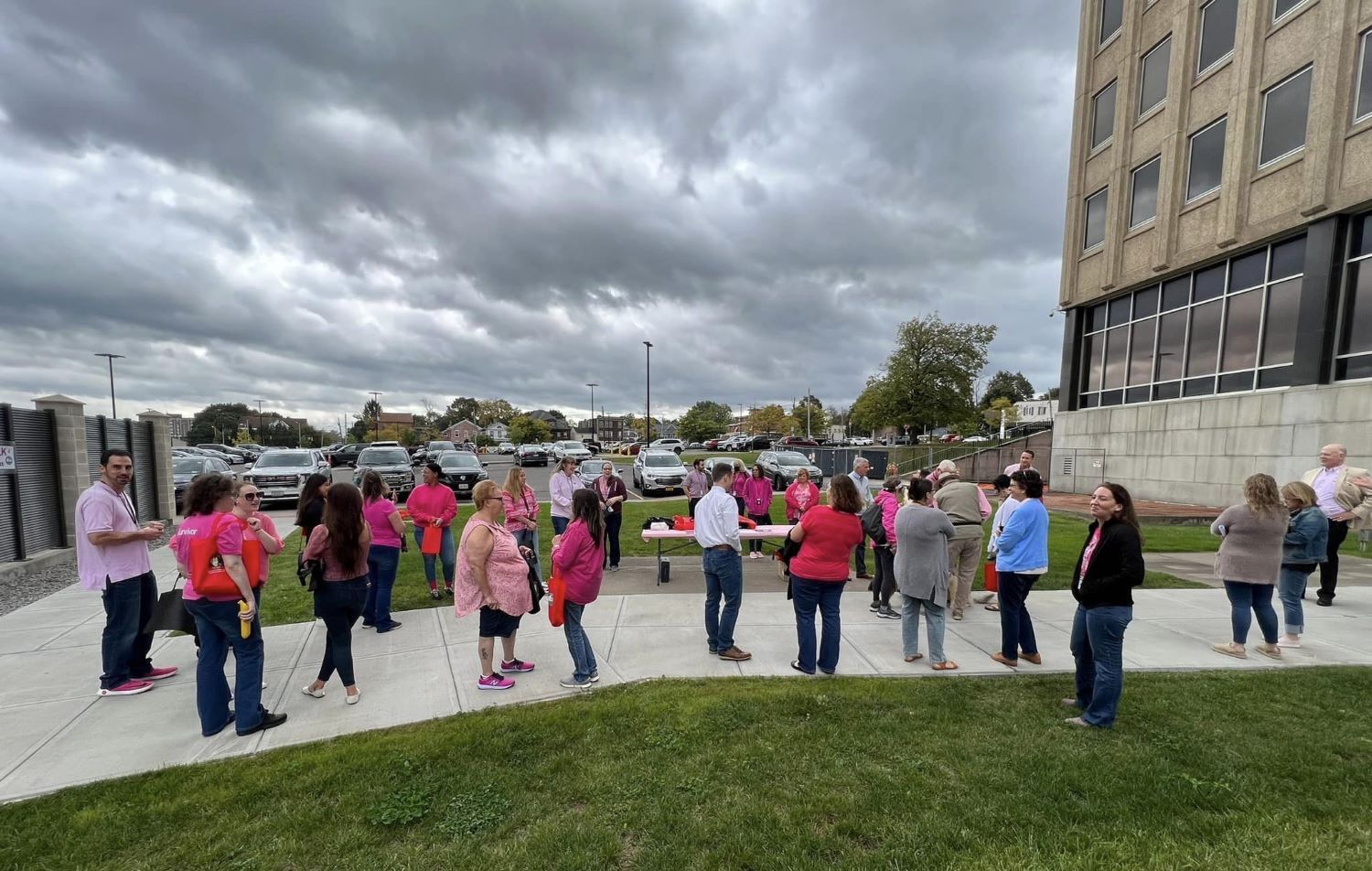
Technical support, content management, and expansion efforts will be handled by the bidder, in collaboration with local businesses for advertising and sponsorship opportunities. The bidder will also support the Age Friendly/Livable Community initiative, working closely with County staff members to provide outreach, education, and communication.
The bidder will play a crucial role in facilitating the Age Friendly/Livable Community initiative by conducting needs assessments, identifying gaps and unmet needs, and making recommendations to enhance livability, especially for seniors with advanced age and special needs.
To ensure the success of the program, the County will assist the bidder in developing partnerships with local care transition programs, offering training and information meetings on Office for the Aging (OFA) related services, and providing technical assistance through state and national resources.
Regular meetings and active participation in the AgeNet development and implementation process are essential components of the collaboration between the bidder and the County. Additionally, the County will contribute to the development of AgeNet Website materials and broadcasts, reinforcing its commitment to the program’s success.
Comprehensive Non-Discrimination and Equal Opportunity Commitment
The non-discrimination provisions outlined in Article 15 of the Executive Law, commonly referred to as the Human Rights Law, are of paramount importance within the scope of this contract. These provisions, along with adherence to all relevant state and federal statutory and constitutional non-discrimination regulations, establish a clear commitment to equal treatment and opportunities for all employees and applicants for employment.
Under this contractual agreement, the Contractor is explicitly prohibited from discriminating against individuals on the basis of various protected characteristics, including race, creed, color, sex, national origin, sexual orientation, age, disability, genetic predisposition or carrier status, or marital status. This prohibition ensures that hiring and employment practices are conducted in a fair and equitable manner, devoid of bias or prejudice.
In addition to these non-discrimination provisions, Section 220-e of the Labor Law, if applicable to this contract, introduces further safeguards against discrimination. If the contract involves construction, alteration, repair of public buildings or public works, or the manufacture, sale, or distribution of materials, equipment, or supplies, and is performed within the State of New York, the Contractor and its subcontractors are bound by a commitment to hire qualified New York State citizens without regard to race, creed, color, disability, sex, or national origin. Discrimination in hiring practices or intimidation of employees hired for this contract is strictly prohibited.
Furthermore, Oneida County reaffirms its commitment to Affirmative Action and Equal Opportunity principles. It is the policy of Oneida County government to provide and promote equal employment opportunity in all aspects of employment, compensation, and terms and conditions of employment without discrimination on the basis of various protected characteristics, including age, race, creed, color, national origin, gender, religion, sexual orientation, disability, military status, marital status, genetic predisposition or carrier status, political affiliation, or belief.
The Affirmative Action Plan of Oneida County encompasses specific objectives and procedures designed to improve equal opportunities for all individuals, including those traditionally underrepresented or hindered in the pursuit of employment. This plan strives to increase employment opportunities for the economically disadvantaged, unemployed, underemployed, and physically and mentally disabled individuals.
Oneida County government, along with its affiliated departments and agencies, commits to ensuring equal opportunity for all qualified individuals, regardless of job classification, title, type of appointment, or elected position. The goal is to eliminate artificial barriers to employment and training, promote diversity in hiring and career development, and assure equal employment opportunities throughout the organization.
To facilitate the effective administration of Oneida County government’s Affirmative Action and Equal Opportunity policy, an Affirmative Action Officer (AAO) is appointed with the responsibility of program development and implementation. The Commissioner of Personnel, in collaboration with the AAO, oversees the ongoing review of all Affirmative Action Programs in Oneida County departments.
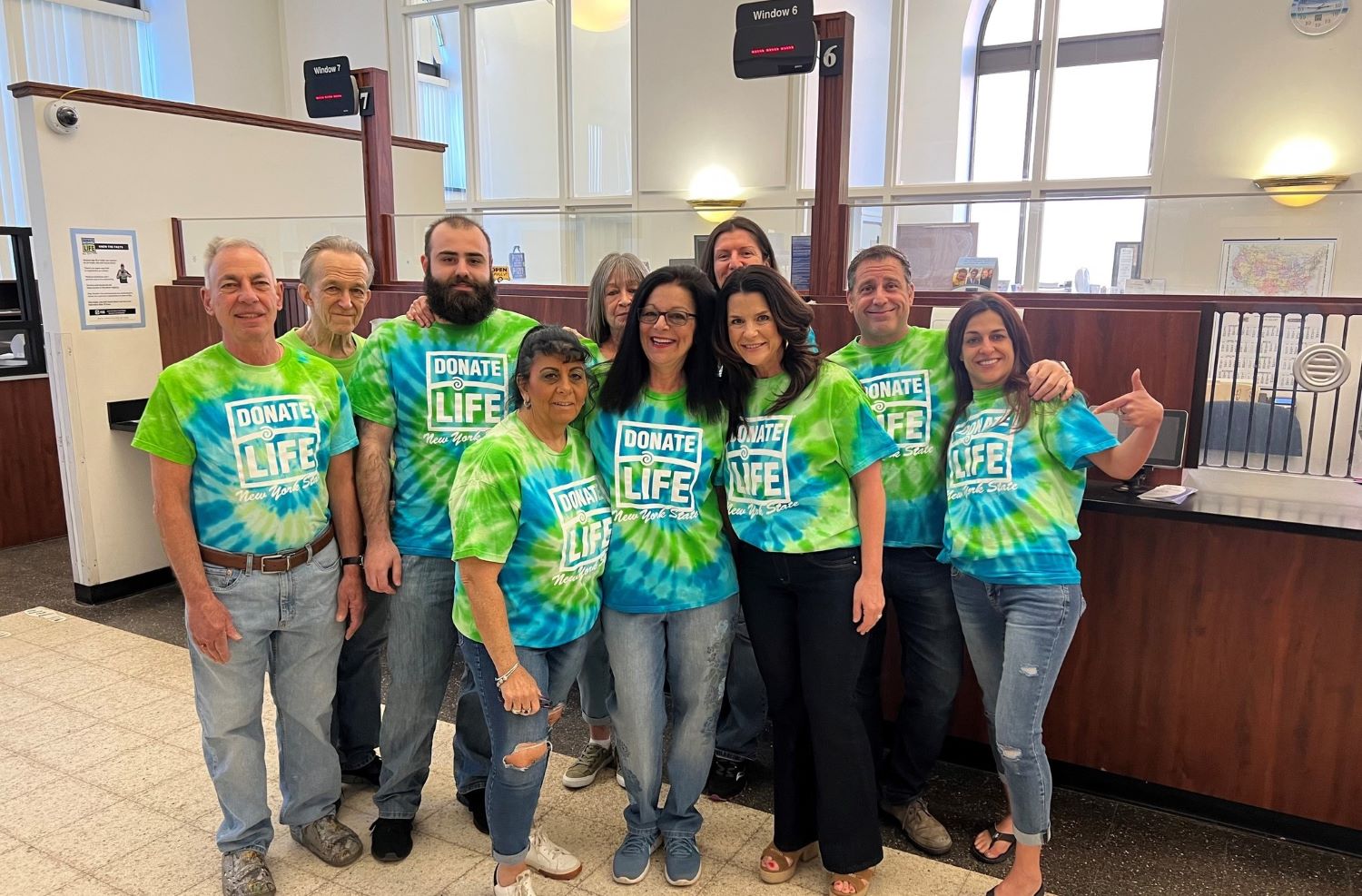
The Oneida County Affirmative Action and Equal Opportunity Plan is subject to regular review and updates to incorporate changes in state and federal laws. The revised plan is developed through collaboration between the Affirmative Action Officer and the Commissioner of Personnel, with input from the County Executive and the Board of Legislators to ensure its effectiveness and compliance with evolving regulations.
Elder Life Inc: The Chosen Bidder for AgeNet
After a careful selection process, Oneida County has finally identified the winning bidder to be awarded the contract for the AgeNet Digital Health and Wellness Program.
The bid has been awarded to the lowest bidder.
The awarded bidder is Elder Life Inc., operating as 50 Forward Mohawk Valley. Their competitive bid for the program reflects a commitment to providing cost-effective solutions while maintaining the highest standards of service.
Elder Life Inc.’s pricing structure is not only competitive but also exhibits a strategic approach to ensure the program’s sustainability and continued growth.
Commencing in 2024, the program will launch with a base price of $75,000. This foundational cost is designed to ensure the program’s successful initiation while offering accessible services to seniors in Oneida County.
In the subsequent years, the pricing incrementally increases to $76,500 in 2025, $78,030 in 2026, $79,590 in 2027, and $81,182 in 2028.
This tiered pricing strategy showcases a prudent approach, recognizing the evolving needs and costs associated with healthcare and technology. It demonstrates the bidder’s dedication to adapting and expanding the AgeNet program over time, aligning with the rising demands of Oneida County’s aging population.

